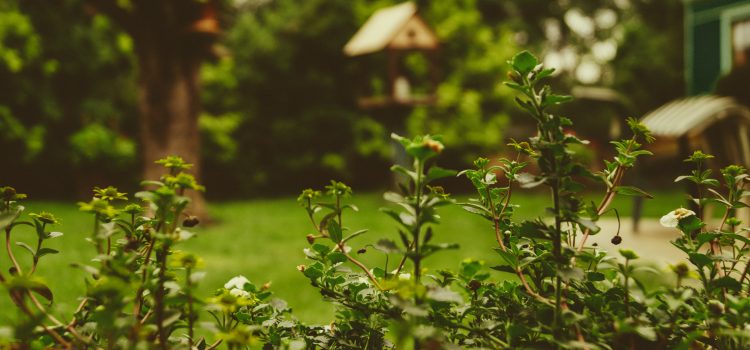
Introduction:
In a world filled with concrete jungles and shrinking green spaces, the enchanting sight of butterflies fluttering among vibrant flowers has become a rare spectacle. However, with a little knowledge and effort, anyone can transform their backyard into a haven for these delicate creatures. Join us on a journey as we explore the secrets of building a thriving butterfly garden, from caterpillar to flight.
Unleashing the Transformative Power of Butterflies:
Butterflies are not only graceful and captivating insects; they also play a crucial role in our ecosystem. As pollinators, they contribute to the reproduction of various plant species, ensuring biodiversity and the continuation of life cycles. By creating a butterfly garden, we can welcome these fascinating creatures while providing them with the necessary resources to thrive.
Choosing the Right Location:
The first step in building a butterfly garden is selecting an ideal location. Butterflies are attracted to sunlight, so a sunny spot with at least six hours of direct sunlight per day is preferable. Additionally, it’s essential to create a sheltered area, as strong winds can hinder butterfly activities.
Nurturing the Right Plants:
To entice butterflies to your garden, you need to cultivate the right plants. Native species are a reliable choice, as they have co-evolved with local butterfly populations and provide a familiar source of nectar and host plants. Some popular nectar plants include milkweed, coneflower, butterfly bush, and verbena. For caterpillars, specific host plants like milkweed, parsley, dill, and passionflower are vital, as they serve as food sources for their young stages.
Creating a Water Source:
Butterflies require a water source to stay hydrated. A shallow dish with wet sand or a small birdbath filled with pebbles can serve as a butterfly watering hole. Remember to maintain a consistent water level to prevent drowning and change the water regularly to avoid the spread of diseases.
Avoiding Pesticides:
Pesticides are harmful to butterflies and other beneficial insects. Embracing organic gardening methods and avoiding the use of pesticides or herbicides in your butterfly garden will ensure the well-being of these delicate creatures. Instead, opt for natural pest control methods like companion planting or handpicking pests.
Observing the Butterfly Life Cycle:
One of the most rewarding aspects of a butterfly garden is witnessing the mesmerizing life cycle unfold. From the moment a female butterfly lays her eggs on a host plant to the emergence of caterpillars, pupae, and finally, the transformation into a beautiful butterfly, each stage offers a unique opportunity for observation and learning.
The Joys of Butterfly Watching:
Building a butterfly garden not only benefits the environment but also offers an opportunity for personal enjoyment. Spending time in a serene and vibrant space, watching butterflies flit from flower to flower, can be a therapeutic experience. It is a chance to reconnect with nature and appreciate the delicate beauty that surrounds us.
Conclusion:
By unlocking the secrets of building a thriving butterfly garden, we can contribute to the conservation of these exquisite creatures while creating an oasis of beauty and tranquility in our own backyards. With a little dedication, patience, and respect for nature, we can witness the magical transformation from caterpillar to flight, reminding us of the wonders and resilience of the natural world.
[Note: Remember to include any relevant interviews or quotes from experts, along with high-quality images of butterflies and butterfly gardens to complement the article.]










